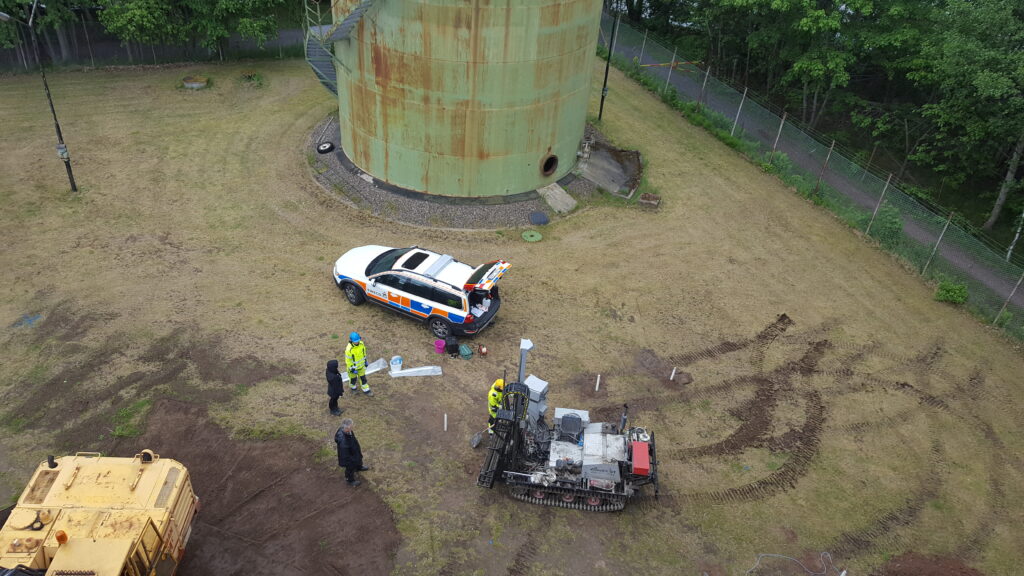“Södra stranden” is a part of Motala with a very attractive location beside the second biggest lake in Sweden and closeness to both the city center and the nature. Today, the area is characterized primarily by its history as an industrial area in the 20th century, as well as its link to boat activities.
Now that Motala is growing, and the industrial activities have been relocated, this area has become very central; it is time to review the area’s use. The area has the potential to develop into an attractive residential area, mixed with some trade and tourism activities, with pleasant walks and parks by the water. The area will have a continued connection to the boating and the water, like the next urban development for Motala as a seaport.
Södra stranden has an amount of valuable qualities to cope with, and there are many visions from the municipality to develop this new part of the city center. Initially, the municipality wants to develop the park area in the area to link this with the remaining recreational passage that runs around the bay. Furthermore, there are areas with activity of service, warehouse and manufacturing, mainly in the east, where a more lively residential and downtown area is desired to grow along the green structure. In the west parts of the area, it is desirable to maintain the characteristics of the marina and boat yards.
Due to the industrial background of the area, as well as its closeness to the water and the railway, there are many issues that need to be investigated for future exploitation. It has long been suspicions that large parts of the area may be contaminated. Investigations that have taken place in the area previously have confirmed these suspicions.
Within INSURE Södra stranden has been investigated further to get a more complete picture of the contaminants. One part of area is now ready to plan for housing. There are now more information and knowledge available for the future when more properties want to develop against an attractive area close to Lake Vättern.
Within the area for oil depots an in-situ test have been done. The method University of Helsinki tested on this site is electro-osmotic biostimulation treatment. The test started in June 2017 and ended in September 2018. Halfway through the test, the results were not showing the expected decrease of the contaminants. Lack of oxygen was presumed to be a limiting factor and therefore calcium nitrate was used to increase the degradation. By the end of the test the highest concentrations of aliphatic hydrocarbons had decreased approximately 40-70%. But the concentrations were still high in some spots, indicating that the method was not as efficient as expected. If the treatment had been prolonged the concentrations would probably have been lower.


